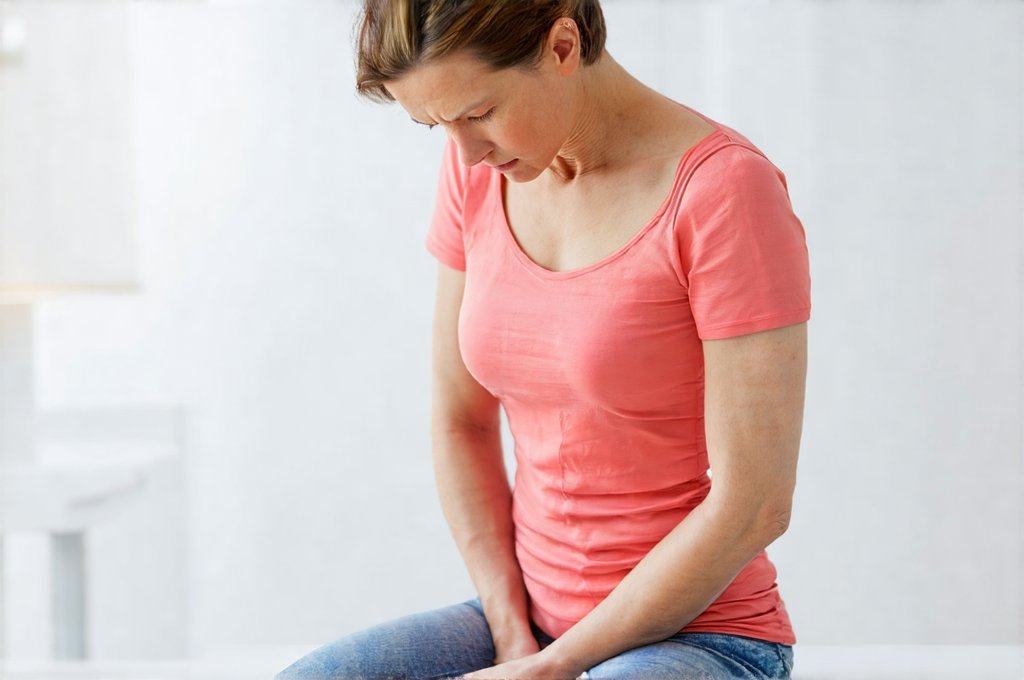Urinary discomfort can manifest in numerous ways – from a nagging sense of urgency to sharp pains during urination, even extending to feelings of incomplete emptying. While often attributed to infections or other easily identifiable causes, the underlying mechanics are surprisingly complex and interconnected with our body’s overall systems. One frequently overlooked factor impacting urinary health is posture. It might seem counterintuitive – how could the way we hold ourselves influence what’s happening in our bladder? However, posture profoundly affects pelvic floor muscle function, abdominal pressure, lymphatic drainage, and nerve pathways all crucial to healthy urinary control and comfort. Understanding this link can empower individuals with practical strategies to manage discomfort and improve their quality of life.
This isn’t about a quick fix or replacing medical treatment; instead, it’s about recognizing the body as an integrated system where seemingly unrelated parts influence each other. Chronic poor posture creates ongoing stress on these systems, potentially exacerbating existing conditions or even contributing to new ones. By consciously improving postural habits and incorporating supportive exercises, we can positively impact bladder function, reduce discomfort, and promote overall wellbeing. This exploration will delve into the mechanics of how posture impacts urinary health, providing insights for practical application and a more holistic approach to managing urinary concerns.
The Posture-Pelvic Floor Connection
The pelvic floor muscles are essentially the foundation of urinary control. They support the bladder, urethra, uterus (in women), and rectum. Think of them as a sling that keeps everything in place and regulates the flow of urine. Posture directly influences how effectively these muscles can function. When we slouch or have rounded shoulders, it shifts our center of gravity forward, increasing pressure on the abdomen and consequently, the pelvic floor. This constant downward pressure weakens the pelvic floor over time, making it less able to support the bladder and urethra adequately. A weakened pelvic floor can lead to stress incontinence (leakage during activities like coughing or lifting), urgency, and frequency.
Conversely, good posture – where the spine is aligned and shoulders are relaxed – allows for optimal pelvic floor function. When we stand or sit tall, with a slight natural curve in the lower back, it distributes weight more evenly, reducing pressure on the pelvis. This enables the pelvic floor muscles to work effectively, providing support and control. Furthermore, proper posture facilitates better diaphragmatic breathing (breathing deeply into the abdomen), which naturally engages and strengthens the pelvic floor muscles. It’s a synergistic relationship – good posture supports a strong pelvic floor, and a strong pelvic floor contributes to improved postural stability.
The link isn’t just about strength; it’s also about neurological control. Poor posture can compress nerves that supply the pelvic floor, disrupting their ability to function properly. This can lead to reduced sensation and awareness of bladder fullness, contributing to urgency or incontinence. Re-establishing good posture helps release these nerve pathways, improving communication between the brain and the pelvic floor muscles. Understanding biopsy can help understand underlying issues.
How Posture Impacts Abdominal Pressure
Abdominal pressure plays a critical role in urinary health. A healthy level of abdominal pressure is necessary for supporting internal organs, but excessive pressure can put undue stress on the bladder and urethra. Poor posture significantly contributes to increased intra-abdominal pressure. Slouching compresses the abdomen, restricting space for the organs and increasing the pressure within. This happens because when we slouch, our core muscles (including transverse abdominis) are less engaged, resulting in reduced support for the abdominal cavity.
Chronic elevation of intra-abdominal pressure can lead to a cascade of problems. It weakens the pelvic floor over time as described previously, but it also affects bladder capacity and function. The increased pressure forces the bladder to work harder, potentially leading to urgency and frequency. Moreover, it can contribute to conditions like pelvic organ prolapse (where organs descend from their normal position).
Conversely, good posture – with a strong core and aligned spine – supports the abdominal cavity without excessively compressing it. This allows for optimal internal pressure regulation, reducing stress on the bladder and urethra. Strengthening core muscles through exercises that focus on proper form and postural alignment is crucial for managing intra-abdominal pressure and promoting urinary health. Diuretics can also play a role in overall kidney stone management, impacting bladder function.
The Role of Lymphatic Drainage & Nerve Pathways
Often overlooked in discussions about urinary health is the importance of lymphatic drainage. The lymphatic system is responsible for removing waste products and toxins from tissues, including those surrounding the bladder and pelvic region. Posture significantly impacts lymphatic flow. When we slouch or sit for prolonged periods, it restricts lymphatic circulation, leading to a buildup of waste products which can irritate the bladder and contribute to discomfort. Good posture promotes optimal lymphatic drainage, helping to keep the area clean and healthy.
Furthermore, nerve pathways are crucial for proper bladder function. Nerves transmit signals from the brain to the bladder, controlling its ability to store and release urine. Poor posture can compress these nerves, disrupting their communication with the bladder and leading to issues like urgency, frequency, or incomplete emptying. Maintaining good posture helps relieve pressure on these nerves, ensuring clear signaling and optimal bladder control. This is particularly important for individuals experiencing chronic pain or nerve damage in the pelvic region. Estrogen plays a crucial role in women’s health and can impact bladder medication.
Practical Strategies for Posture Improvement
Improving your posture isn’t about achieving a perfect pose; it’s about cultivating awareness and making small, sustainable changes to daily habits. – Start by being mindful of your posture throughout the day, especially while sitting and standing. Regularly check yourself – are your shoulders rounded? Is your back slumped? Are you leaning forward? – Set up an ergonomic workspace: Adjust your chair so that your feet are flat on the floor and your knees are at a 90-degree angle. Use a lumbar support to maintain the natural curve in your lower back. Position your monitor at eye level to avoid slouching. – Incorporate regular movement breaks: Get up and move around every 30-60 minutes. Stretch, walk, or do some simple exercises to counteract prolonged sitting. – Strengthen your core muscles: Engage in exercises that target the transverse abdominis, obliques, and back muscles. Pilates, yoga, and targeted abdominal exercises are excellent choices. – Consider a posture corrector: While not a long-term solution, a posture corrector can provide temporary support and remind you to maintain good alignment. However, it’s essential to combine this with strengthening exercises to avoid dependency.
Ultimately, addressing postural habits is an investment in overall health, including urinary wellbeing. By making conscious efforts to improve your posture, you can reduce pressure on the bladder, strengthen the pelvic floor muscles, promote lymphatic drainage, and optimize nerve function – all contributing to a more comfortable and confident life. Kegels can also be a helpful addition for women’s urinary health.





















